“Approximately 87% of our students are beneficiaries of either partial or full grants.” An entrepreneur from Kazakhstan developed a platform that facilitates admission to international universities
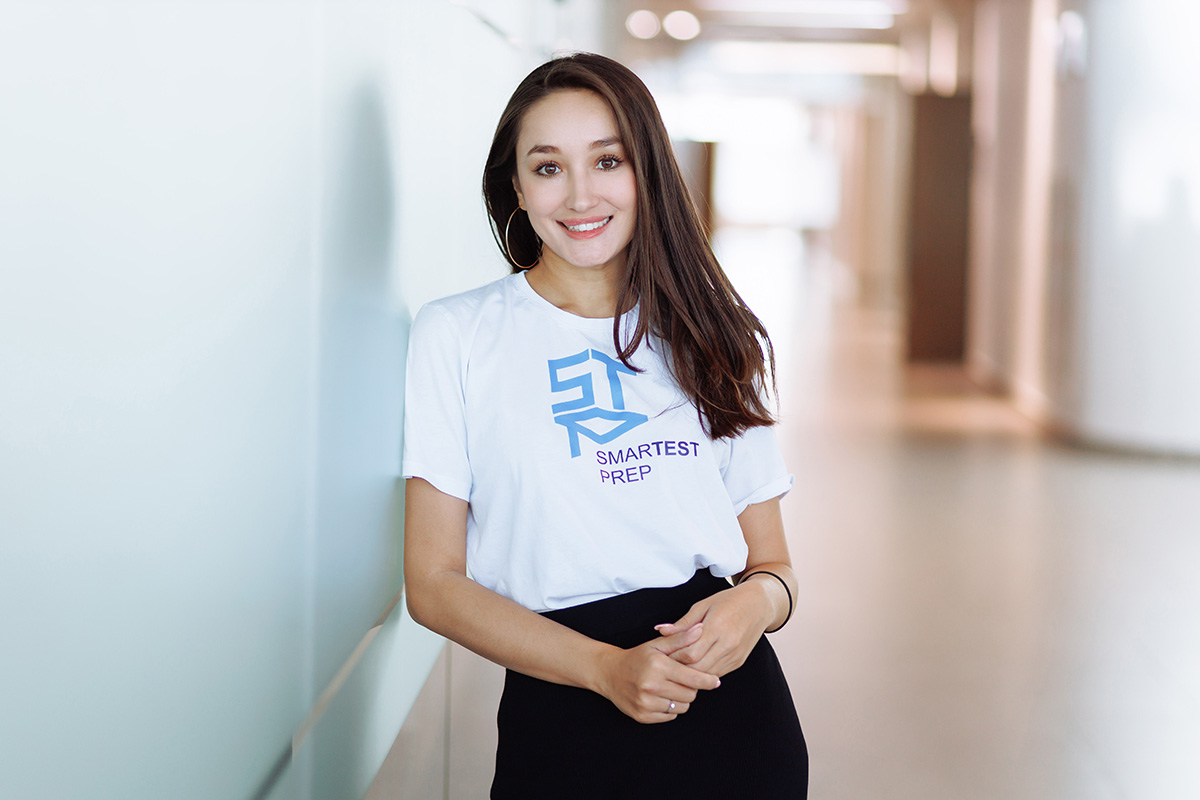
Laura Vaigorova found inspiration to pursue her studies abroad through her acquaintances from Singapore. Encouraged by their words, "Your English is excellent. We can assist you in gaining admission to one of our universities," Laura secured admission to Yale University College - the Singapore extension of Yale University. However, her plans were hindered as she was underage and could not find a suitable mentor.
Consequently, she enrolled in Nazarbayev University, where she engaged in an exchange program, affording her the opportunity to travel to the United States for her studies on two occasions. Simultaneously, she extended her assistance to fellow students in their endeavors to gain entry into international universities. This eventually evolved into a full-time business venture. In 2021, the SmartTestPrep platform was established. It serves as an online resource dedicated to aiding individuals in their preparations to enter international universities. As part of the collaborative initiative between Digital Business and Astana Hub, "100 Startup Stories of Kazakhstan," Laura detailed how their system assesses the prospects of applicants gaining admission to specific universities, supports them in securing grants or scholarships, and offered insights into the forthcoming enhancements planned for the product.
“Presently, our database comprises around 10,000 universities across Europe, Asia, and the USA”
–What inspired you to develop the digital platform, Laura?
– In 2018, my boyfriend, now my husband, and I began assisting individuals in gaining admission to international universities. Initially, we both played an active role in providing guidance and training. Over time, our team gradually expanded. However, we continued to operate as a conventional business, lacking a clear strategy for scaling up without a substantial increase in our team size.
Throughout the pandemic, we began incorporating a range of services into our operations, including Microsoft Education and ClassDojo, among others. This strategic shift contributed to a substantial increase in revenue, approximately three to fourfold. Prompted by this success, we initiated discussions on automating key processes to fuel further significant income growth.

Our decision to establish a university selection system and design preparatory courses for international university entrance exams marked a pivotal moment. Primarily, we focused on SAT (a standardized test for U.S. university admissions), IELTS (an English language proficiency test), and NUET (an examination covering math and critical thinking at Nazarbayev University).
Additionally, we introduced training programs for crafting compelling motivational essays tailored to universities in various regions, including Europe, Asia, and the Ivy League consortium comprising eight prestigious private universities.
– Could you please elaborate on the functionality of the university selection system? How does it operate?
– We developed an ML algorithm utilizing university data to assess an applicant's likelihood of gaining admission to a specific university from our database. Subsequently, the system generates personalized feedback, outlining steps to enhance one's profile. For instance, it may suggest improving IELTS scores or strengthening a recommendation letter.

The system recommends educational institutions to the applicant based on their preferences, categorized as Dream, Target, and Safety. The Dream category represents the desired option where entry might currently be challenging. The Target category suggests a rational option, balancing the applicant's profile and the institution's requirements. The Safety category offers secure choices where the applicant has a high probability of securing a grant or scholarship.
– How many universities are currently included in your database, and from which countries are they sourced?
– Our database comprises approximately 10,000 universities and offers access to approximately 3,000 distinct scholarship programs. The coverage is extensive, encompassing nearly all of Europe. Particularly popular are countries such as Germany, Italy, and the Netherlands, where students have the opportunity to access generous financial aid and grants.
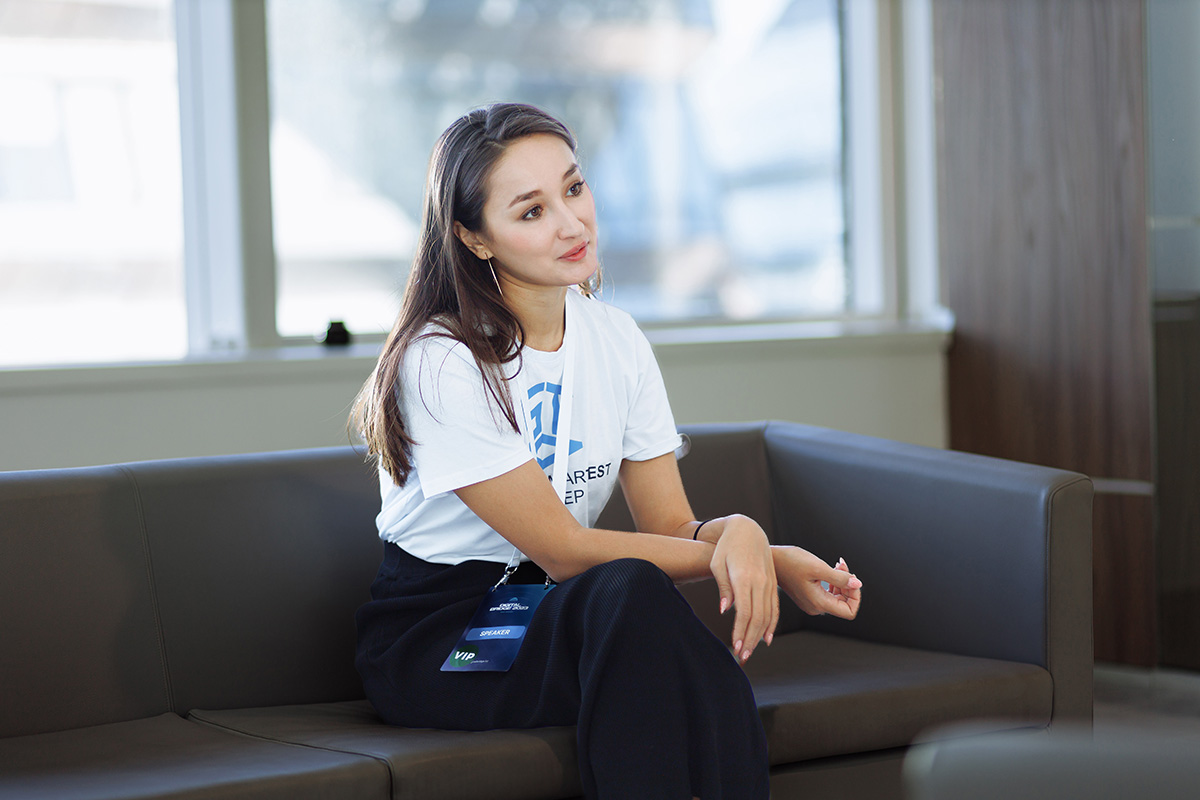
Within Asia, our emphasis is placed on countries such as South Korea, Singapore, Hong Kong, Malaysia, Indonesia, and China. We have a selection of universities from India, and we also extend our services to countries like Australia, Canada, and the United States. Furthermore, we aid in admission processes for esteemed local institutions like Nazarbayev University and Khazar University in Baku.
– From which sources do you extract the data about universities to enable the system to realistically evaluate the applicant's admission prospects?
– Initially, we relied on parsing, but encountered issues with outdated information. Consequently, we transitioned to manual data collection, employing a team of 7-8 members dedicated to this task for several months. Presently, we maintain regular communication with universities through emails and phone calls to ensure that the data on the most sought-after programs remains updated. We conduct these check-ins every six months.
“The country gains advantages from a portion of its students pursuing education overseas”
– Do you offer assistance to all applicants seeking university admission, or is there a specific selection process in place?
– We specifically recommend training programs to applicants with viable prospects for admission. For instance, an eleventh-grade student with limited English proficiency and minimal accomplishments beyond a birth certificate might have a lower probability of securing a grant. For such applicants, we provide paid education options.
– What features are available to users for free on the platform, and what features require payment?
– Our free services include admission chance assessments, access to university and scholarship information, as well as expedited training for all exams.
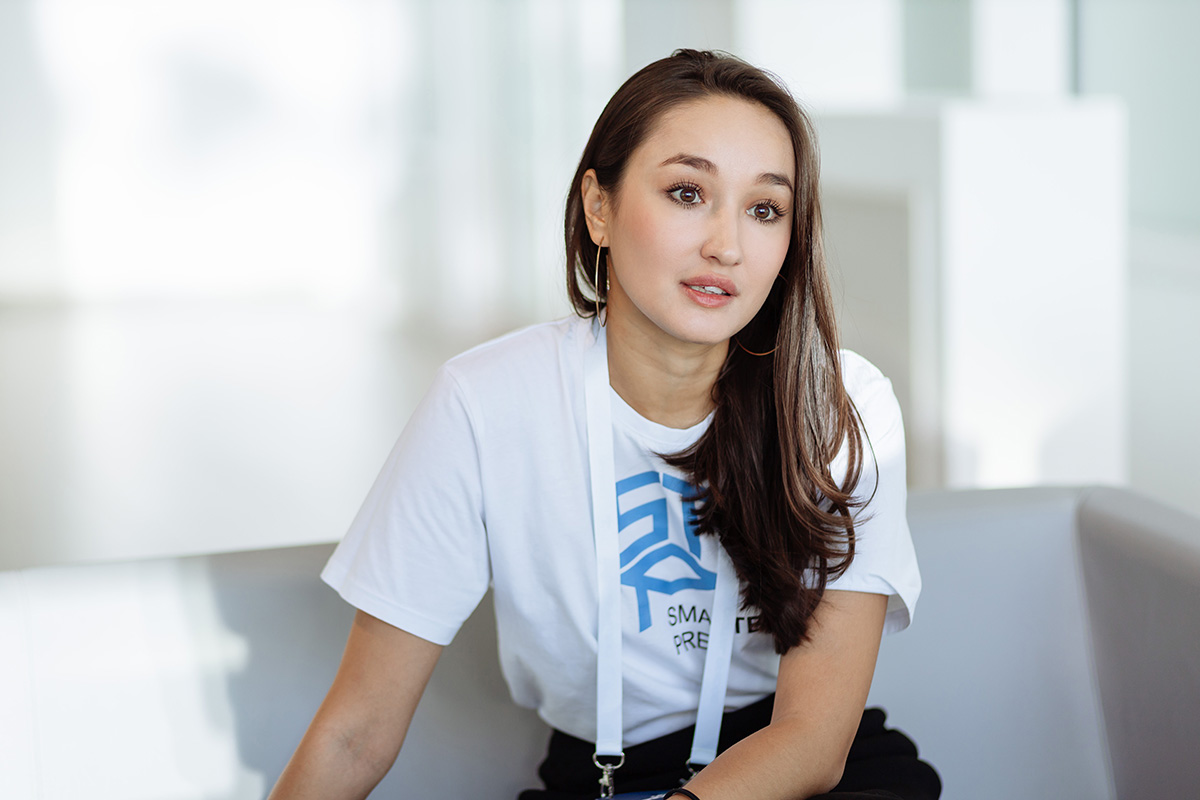
Our paid offerings encompass comprehensive training programs for SAT, IELTS, and various other tests, along with guidance on crafting effective motivational essays. Additionally, we've developed an algorithm for reviewing and providing feedback, along with improvement recommendations. Paid users gain access to mentors who are graduates of various foreign universities, available to answer questions and provide valuable insights and tips.
Our users can opt for a six-month or annual subscription plan. The subscription for 3-4 subjects is priced at 300,000 tenge per year.
– SmartTestPrep claims that your platform has enabled students to save over $100 million. How was this achieved?
– This significant savings were made possible through our support in securing grants and scholarships for students. For instance, a year of study at Williams College in the USA amounts to $50,000, totaling $200,000 for four years. Conversely, at Nazarbayev University, a year's education costs $25,000. With our aid, 10 students secured grants, resulting in a cumulative savings of $1 million.
– What percentage of students successfully complete the training and gain admission to their desired university?
– Over the past two years, around 87% of our students were awarded either full or partial grants or scholarships, totaling 4,500 students.

We have yet to finalize this year's figures, but I anticipate that the number will likely double. Numerous students begin utilizing our platform well before the admission process commences. Additionally, some students may not receive a grant initially but secure admission for a preparatory year, allowing them to enhance their foreign language skills and prepare for the subsequent application cycle.
– Has your project encountered any criticism or backlash for facilitating the departure of prospective youth from Kazakhstan?
– Yes, we have faced such criticism, particularly during our attempts to enter the B2G sector. When we proposed providing our product for free, we were met with responses such as, "So you're suggesting that our children will leave?" However, this is a common practice in many countries that have made significant progress. For instance, countries like China and India do not shy away from sending their citizens to study abroad.
In reality, the country benefits from a fraction of its students pursuing education abroad. Some of these individuals will return and make significant contributions to the economy. Moreover, those who remain in other countries will provide support, including financial support, to their relatives in Kazakhstan.
– Can you provide advice on how applicants can improve their chances of gaining admission to foreign universities?
– Primarily, it's crucial to plan ahead, ideally 2-3 years in advance, and even earlier for those aspiring to attend institutions like the Ivy League or Stanford University. Initiating preparations as early as the 5th or 6th year of school, with a focus on enhancing proficiency in English and mathematics, is highly advisable.
Secondly, it's crucial to select a university based on your personal preferences rather than its popularity. For instance, many individuals apply to Harvard solely due to its reputation, but later find themselves uncertain of their path. If your goal is to experience life in another country, there are numerous other intriguing options to consider, such as Estonia or Italy.
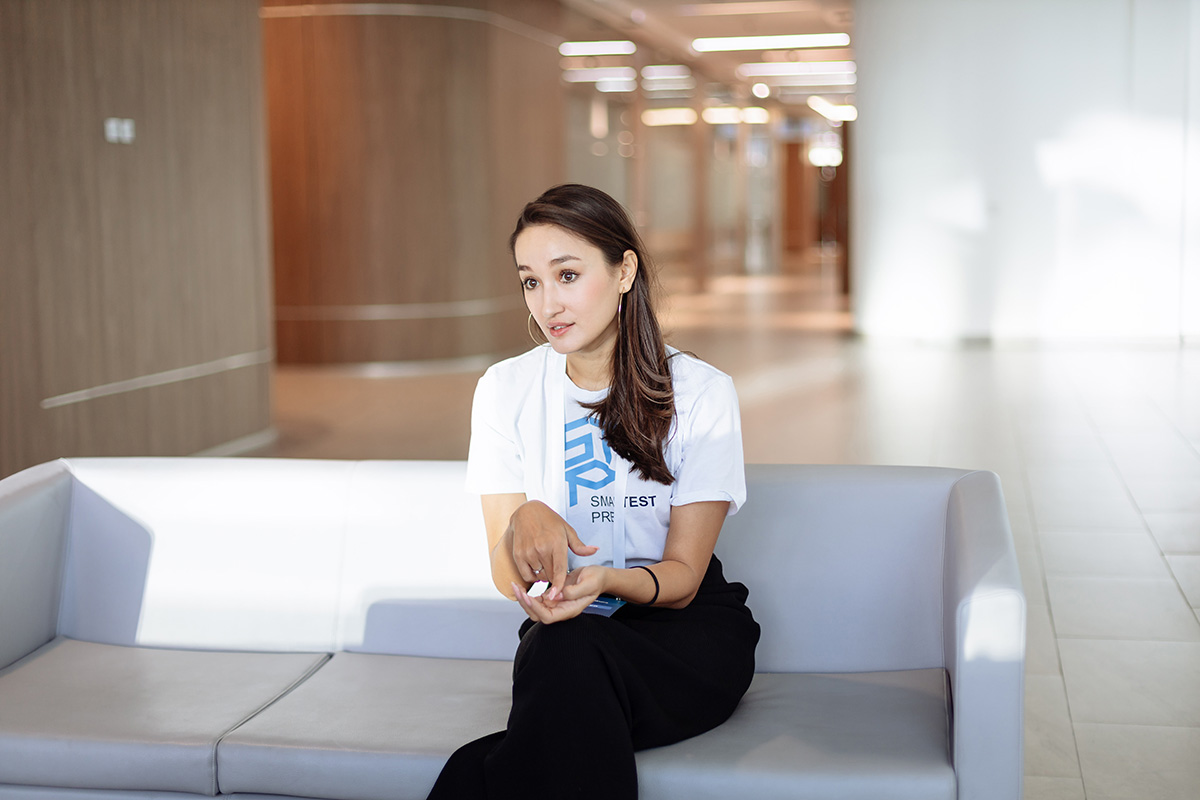
Thirdly, it's essential to cultivate a well-rounded skill set in the areas that pique your interest. This approach will facilitate your admission to a university in the field that truly captivates you.
“We initiated the offering of our product as a SaaS solution to schools, empowering them to independently prepare students for university admissions”
– From what I comprehend, your primary revenue source stems from the subscription model for the B2C segment. Are you capable of becoming self-sustaining or even profitable?
– Currently, we boast approximately 1,500 paying clients with an average monthly recurring revenue (MRR) of $83,000. We anticipate reaching $100,000 by the end of October. I can confidently state that we are operating at a profit.
When I initially launched the platform, my strong intention was to ensure the project's cost-effectiveness. While some may perceive this vision as unconventional for a startup, I firmly believe that a business should be self-sustaining. We shouldn't be vulnerable to potential closure if the venture investment landscape in Kazakhstan were to close tomorrow.
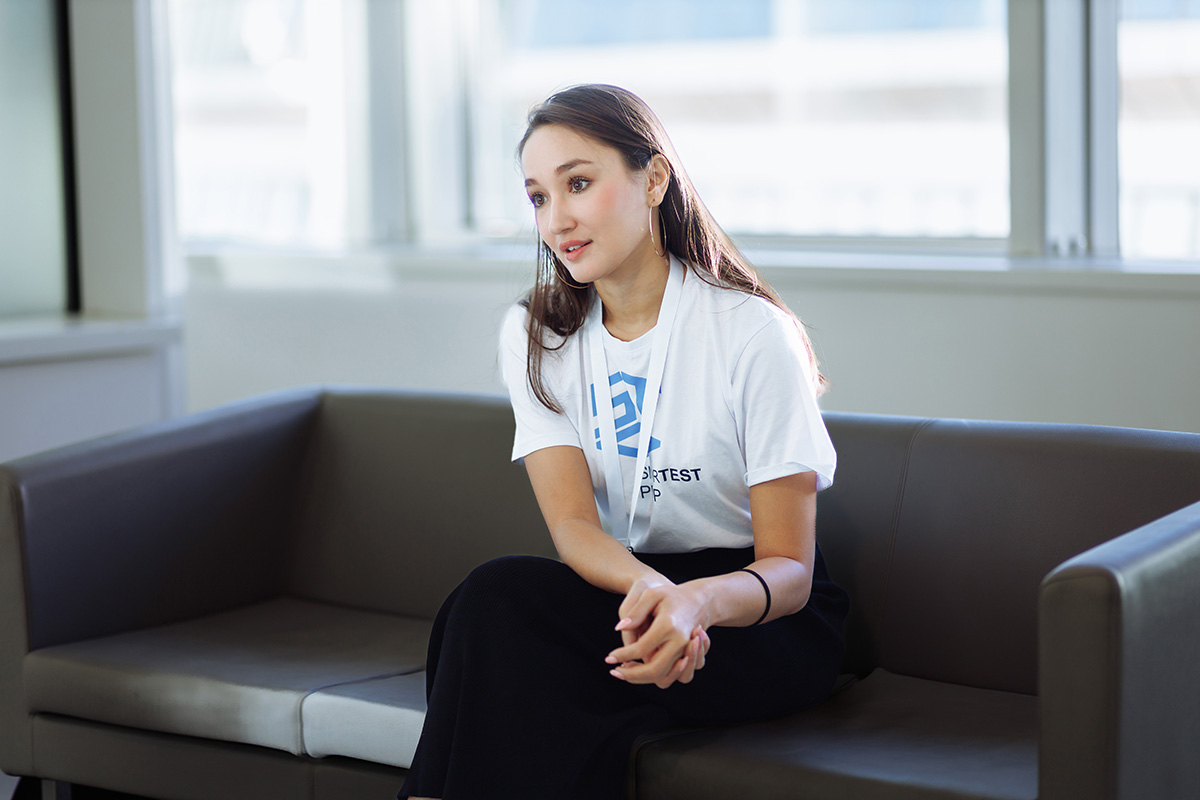
This project holds a significant place in my life, and I aspire for us to have the chance to develop it independently. Currently, we are actively exploring additional avenues for monetization.
– For example?
– We are striving to transition towards B2B. This year, we commenced offering our product as a SaaS solution to schools, empowering them to autonomously prepare students for university admissions. We provide training to individuals responsible for career guidance, equipping them with the tools from our platform to assist the enrollees.
The school can also open a paid workshop to prepare for university admissions abroad, paying us a set subscription fee for each person, and retaining the surplus for themselves.
– How many schools currently pay for your services?
– Currently, we have three paying schools. For others, we provide services free of charge, which generates a significant influx of new users. Our main objective is to gather as much data as possible about the educational institutions that students are choosing. When a school integrates with SmartTestPrep, they register all high school students, allowing us to assess their preferences.
– What will you do with this data?
– Primarily, we can utilize this data for retargeting purposes. Secondly, once we have 10,000 paying users, our plan is to offer this data to universities under a subscription model. Educational institutions exhibit a keen interest in such data, given their limited knowledge of the Central Asian and CIS market, despite having a substantial target audience in these regions.

We have already had discussions with the president of Hong Kong University, and he expressed keen interest in our proposal. Several universities typically pay between $5,000 and $10,000 for an annual subscription to access data from various online platforms where prospective students gather.
“Our objective is to develop a unified system that allows applicants to apply to multiple foreign universities simultaneously”
– Do the users of SmartTestPrep primarily consist of students from Kazakhstan?
– Roughly 80% of our users come from Kazakhstan, with a significant portion originating from Almaty and Astana, accounting for nearly half of our user base. Additionally, we have students from various regions, including Shymkent, Aktobe, Atyrau, and Uralsk.

The remaining 20% comprises students from Kyrgyzstan and Uzbekistan, even though we haven't specifically targeted these regions yet. All these users have come to us organically. To explore these markets further, we have recently onboarded managers proficient in Kyrgyz and Uzbek languages.
Interestingly, we currently serve five paying clients from Saudi Arabia. It all began when three individuals visited our sales office expressing their interest in purchasing a course. Subsequently, more clients from this region started to approach us. We are now contemplating the prospect of localizing our services for this market. We find this market particularly appealing, especially since there is a requirement to take all exams in English within the country, and clients are willing to pay three to four times more than in Kazakhstan. Consequently, we plan to test the market in Saudi Arabia in the near future.
– Do you have any plans to seek investments?
– We have already concluded the pre-seed round, securing $230,000 with an evaluation of $3 million. Currently, we are initiating a seed round valued at $10 million, with a willingness to negotiate up to 10%.
– What are your aspirations for the near future?
– We have set clear objectives for ourselves. By the end of the year, we aim to attain an MRR of $150,000. Additionally, we prioritize connecting with a minimum of 20 schools. Expanding our presence in other Central Asian countries is also on our agenda, along with a gradual entry into the Saudi Arabia market.
On a global scale, we are currently developing a new feature that incorporates career guidance training alongside integrated MOCK tests. This feature will enable students to identify their strengths and weaknesses, providing them with a clearer understanding of the skills they need to prioritize for development. Moreover, the system will be equipped to suggest suitable educational paths.
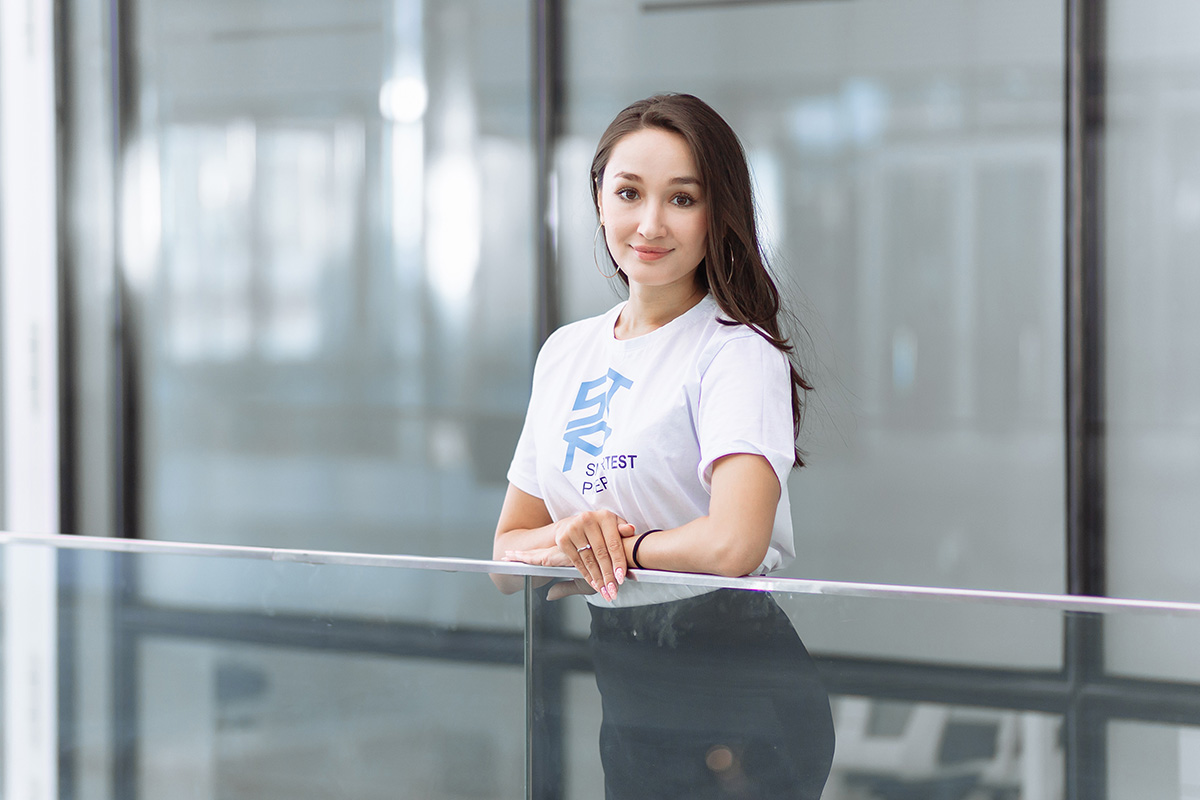
Upon the initiation of university subscription services and the establishment of partnerships with a minimum of 30 institutions, we intend to introduce document submission through RPI robots. For instance, if you are applying to universities in various countries, each may have distinct application forms, yet the required data remains similar. Our goal is to develop a standardized application form that you can fill out, which we will then utilize to submit applications to universities on your behalf. This will result in a unified document submission system.
All these endeavors are aimed at helping us achieve our three-year goal of becoming a unicorn.


